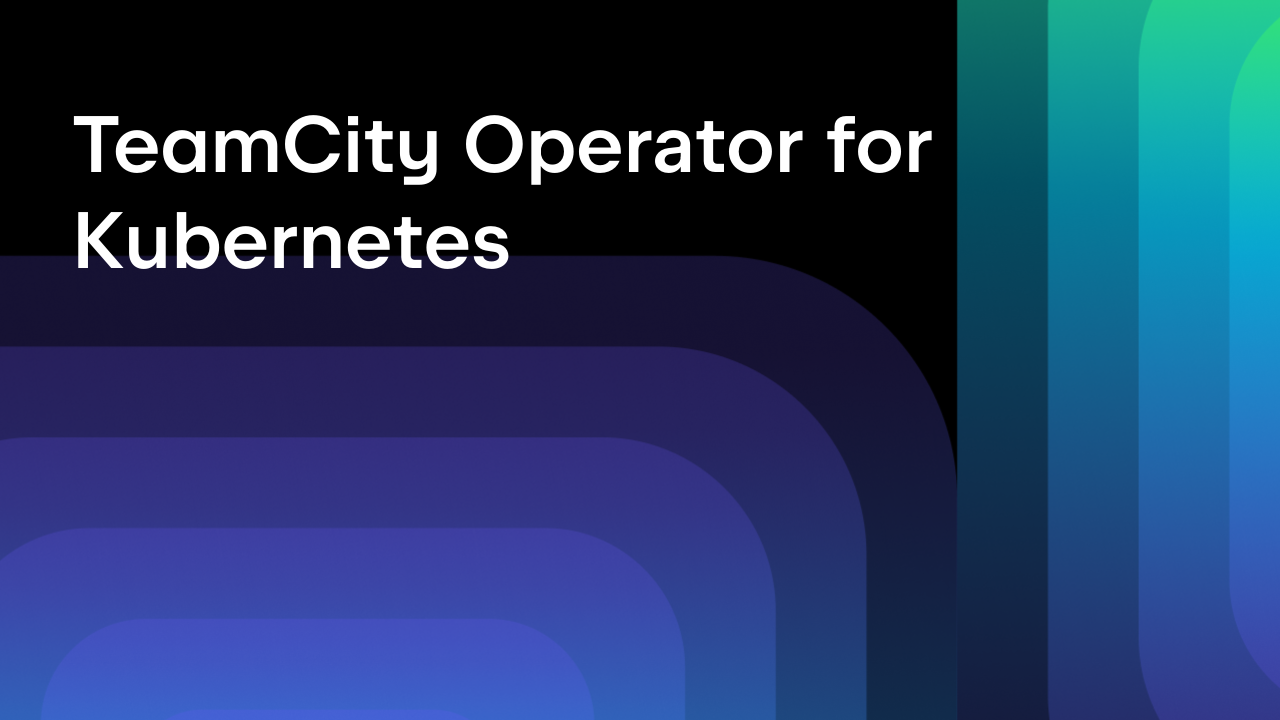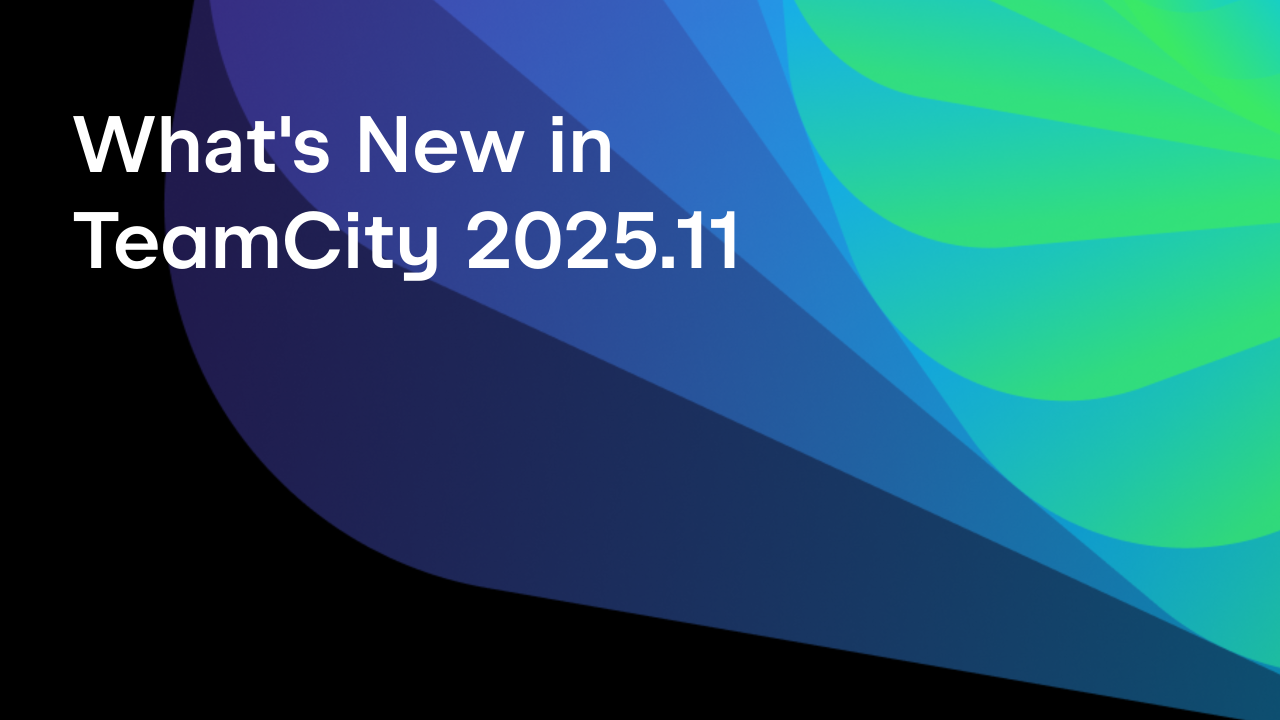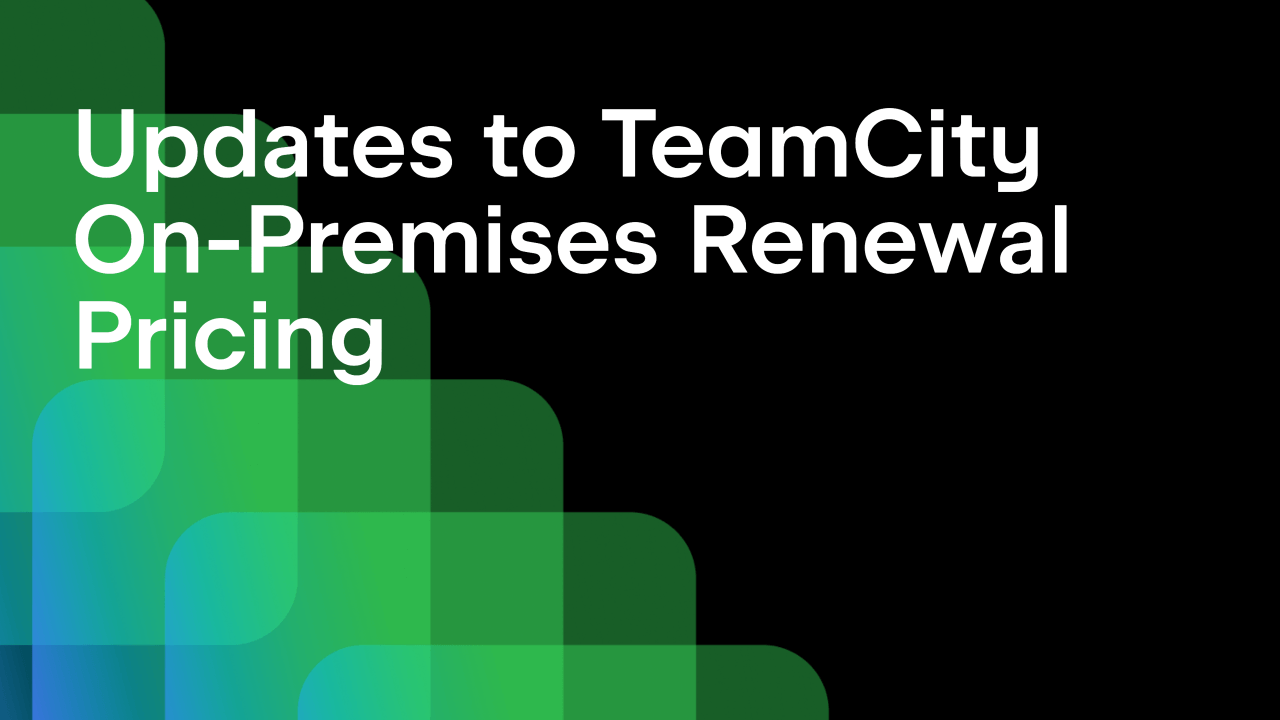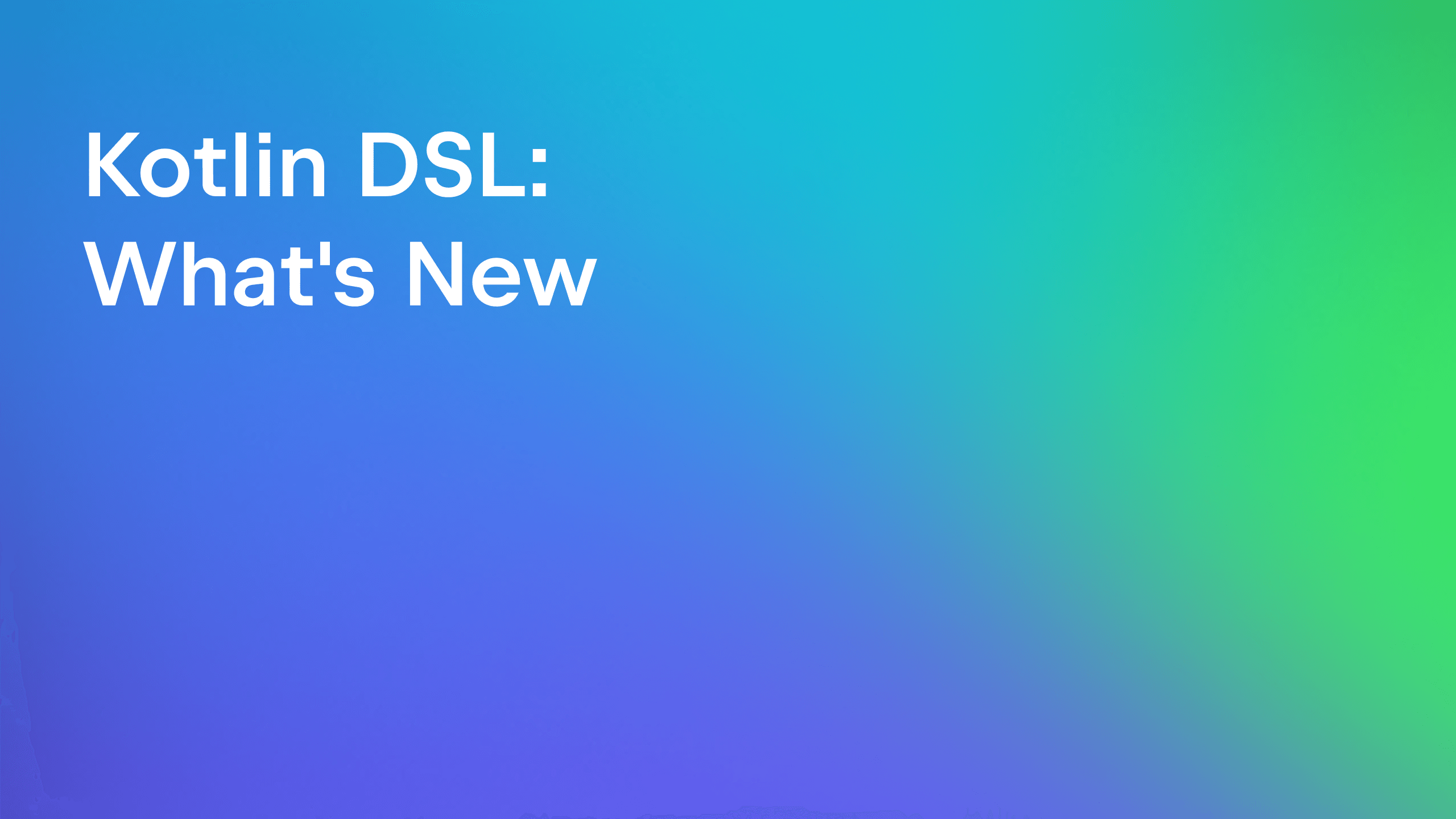TeamCity
Powerful CI/CD for DevOps-centric teams
TeamCity 2023.05: Dark Theme, Agent Terminal, and More
TeamCity 2023.05 introduces some of the most anticipated features, including the dark theme, terminal access to agents, and multi-node setup enhancements.
The integration with Let’s Encrypt and the two-factor authentication for custom groups are here to further strengthen TeamCity’s security features.
With this release, we’re also rolling out the GitHub App connection, the ability to send custom Slack messages right from a running build, and more.
Let’s take a closer look at what TeamCity 2023.05 has in store for you.
Dark theme
We realize how important it is for developers to feel comfortable with the tools that they use on a daily basis. That’s why we’re happy to release one of the most upvoted features in TeamCity – the dark theme.
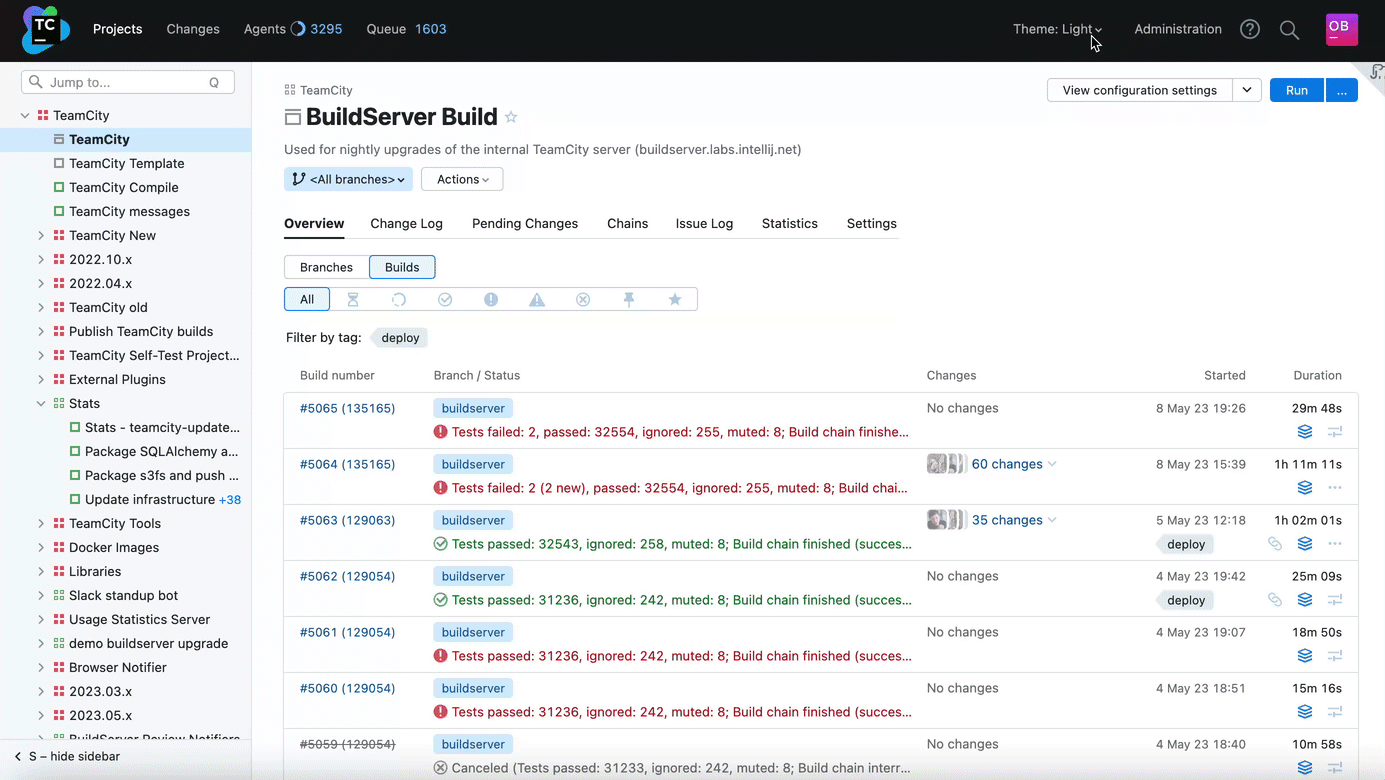
The dark theme can provide a more comfortable and productive working environment. It reduces eye strain, helps improve your focus by eliminating visual distractions, and extends your device’s battery life. Last but not least, some users find it more visually appealing.
The dark theme in TeamCity is available both for the Classic and Sakura UIs. In addition to the “Light” and “Dark” options, you can also choose “System theme” to automatically apply a theme that fits your current OS settings.
To switch between the themes, head over to your profile settings and choose your preferred theme:
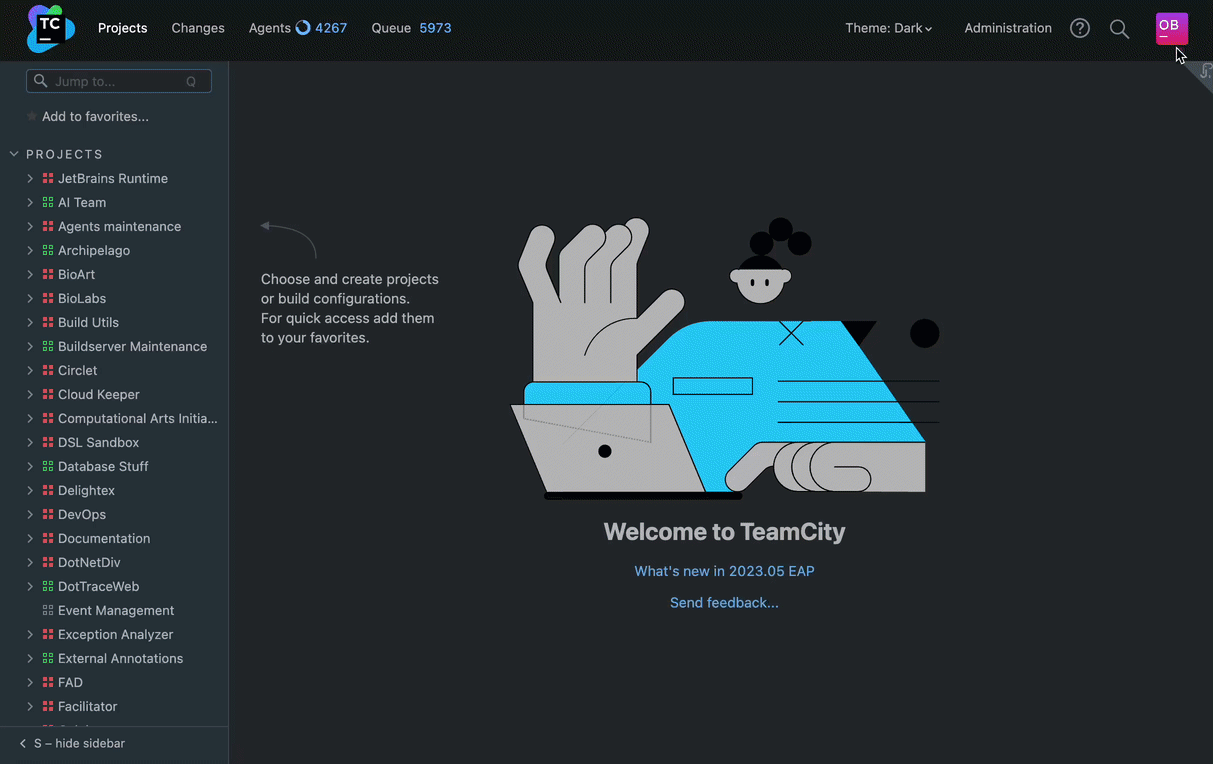
You can also easily switch between the themes via the “Theme” drop-down that’s available right in the header:

Have you started using the dark theme yet? Feel free to share your feedback in the YouTrack issue.
Agent terminal
TeamCity 2023.05 comes with a convenient way to open remote terminals to agent machines directly from the TeamCity UI. With the help of remote terminals, you can view agent logs, check installed software, and debug specific agent issues.
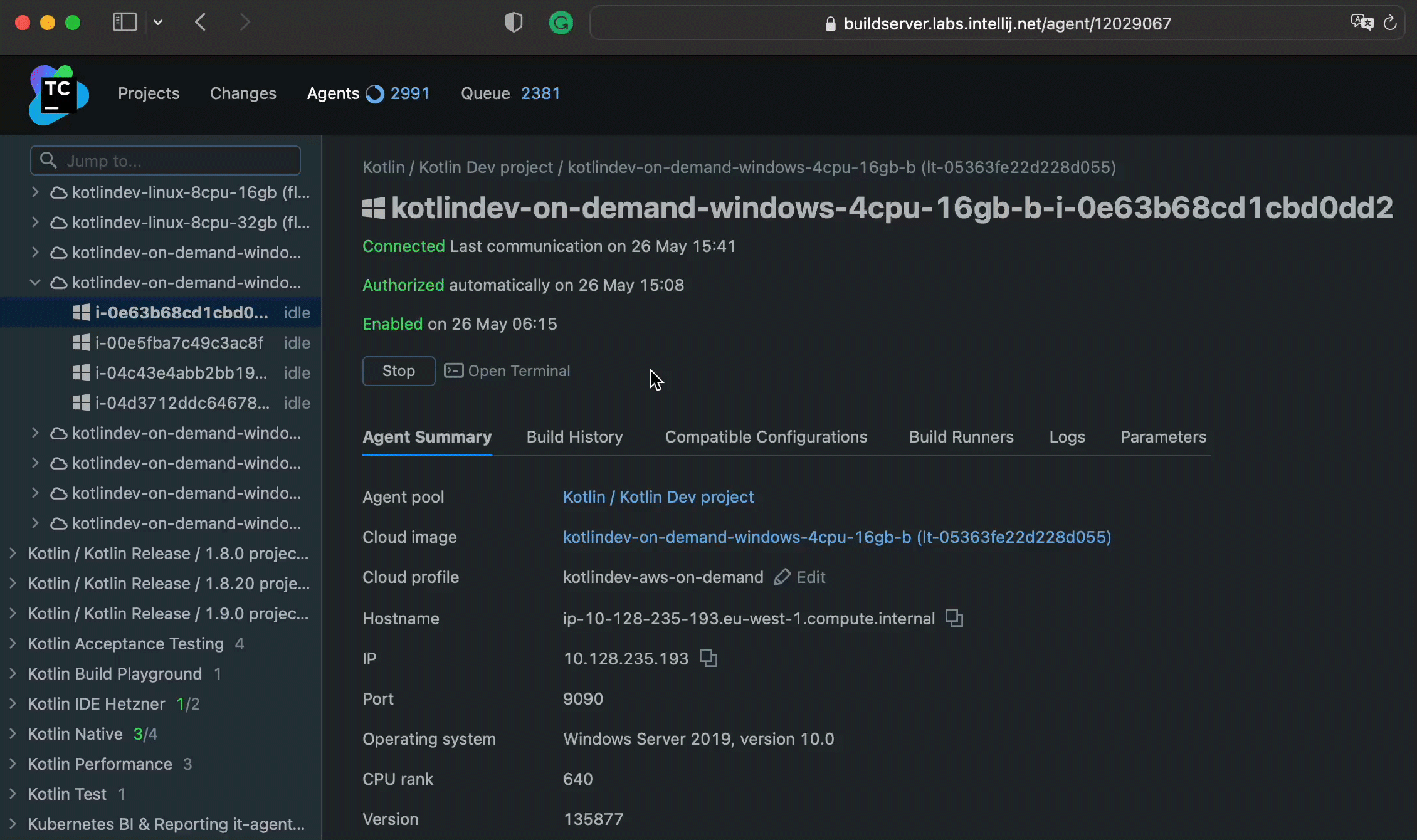
This functionality comes especially handy when you need to troubleshoot any issues on an agent. Thanks to remote terminals, you don’t have to worry about maintaining SSH keys for connecting to agents. Mac, Linux, and Windows (with PowerShell) are supported.
To open the terminal, head over to Agents in the TeamCity header, select an agent, and click Open terminal at the top of the agent page:
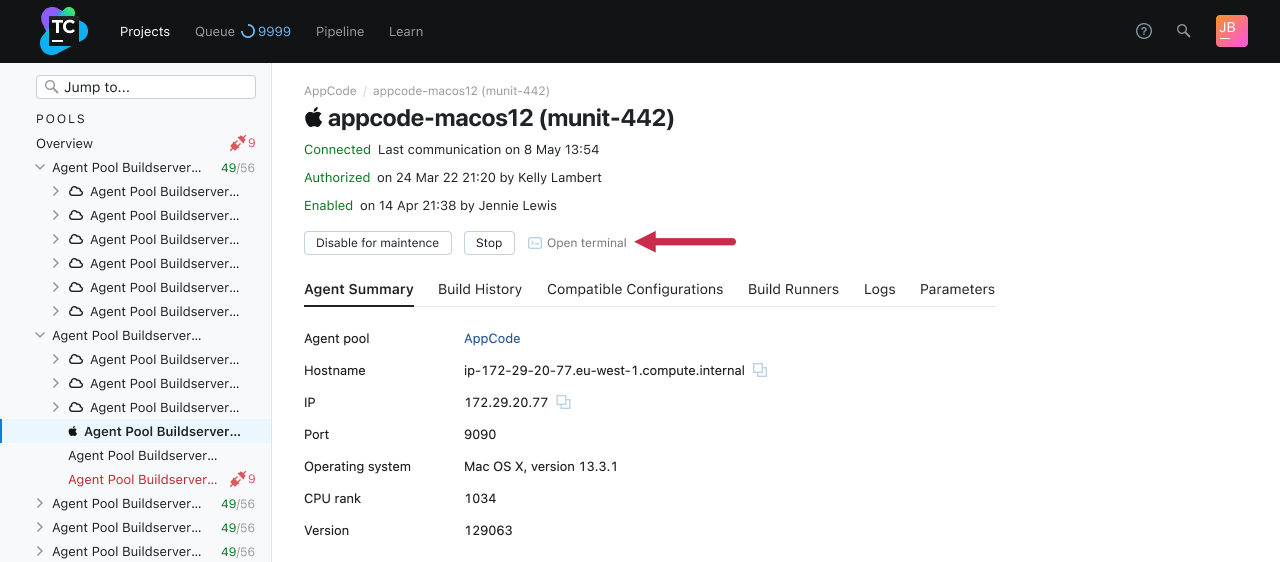
Multi-node setup enhancements
With this release, we’re implementing an improved requests distribution logic that efficiently distributes the load between main and secondary nodes.
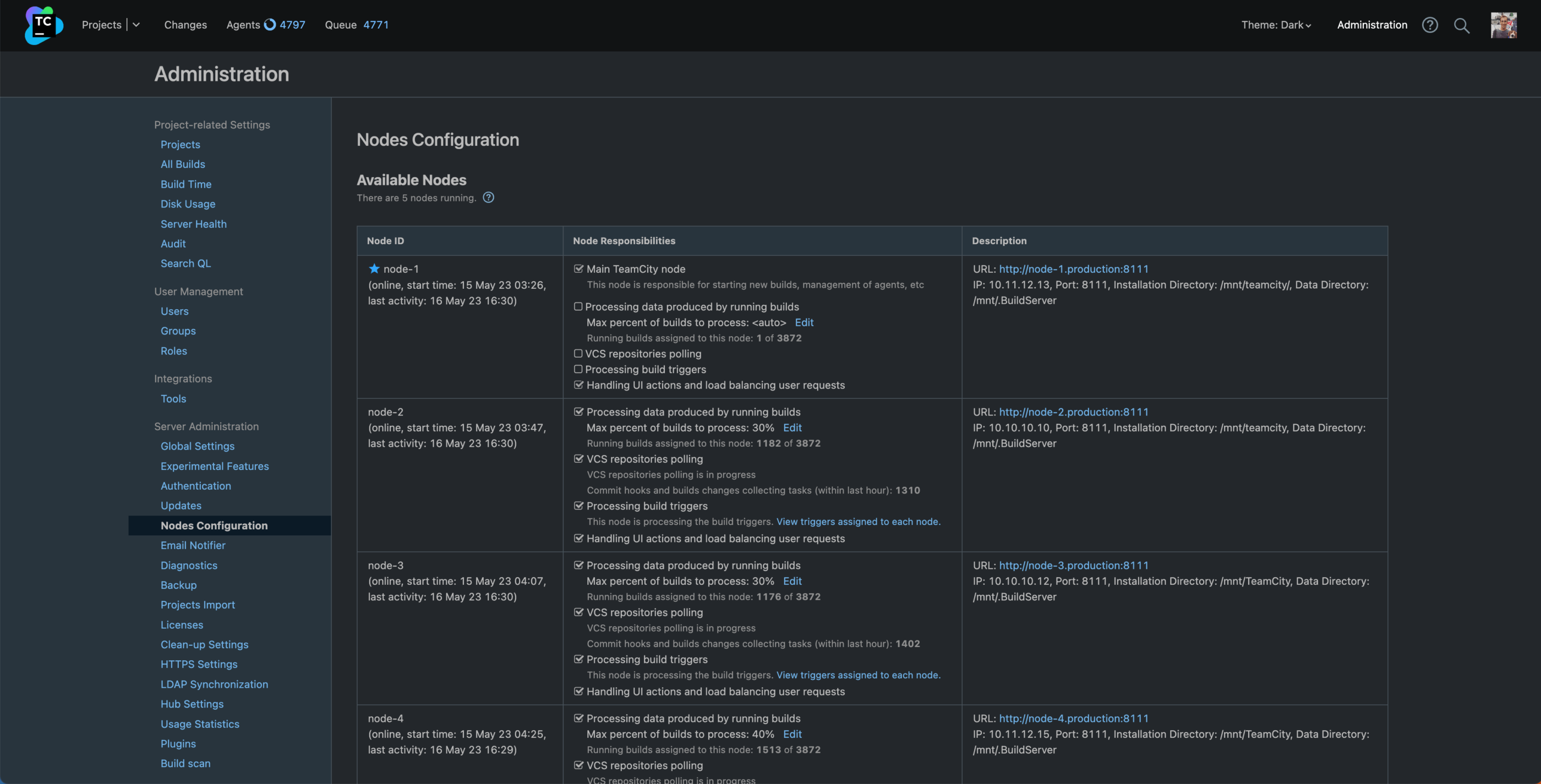
By making nodes fully interchangeable, we’re improving TeamCity’s scalability. All TeamCity nodes can now participate in balancing out user requests, which means the workload produced by web UI users can be evenly distributed between all the nodes.
The new distribution logic provides a smoother and more reliable experience for all and helps to ensure that the impact on users is minimal in the event of planned maintenance or an unexpected failover.
Assign the VCS polling responsibility to multiple nodes
TeamCity users no longer have to rely on a single node to handle the “VCS repositories polling” responsibility. With v2023.05, this function can now be assigned to multiple nodes, resulting in a more balanced workload, faster detection of new commits, and faster starting of builds. As a result, you can build, test, and deploy with greater efficiency, reducing delays and enhancing overall productivity.
Security features
At TeamCity, security is our top priority. To further strengthen the product’s resistance to data breaches and potential business disruptions, we’re implementing the following features.
Integration with Let’s Encrypt
Starting from version 2023.05, TeamCity integrates with Let’s Encrypt, a free and automated certificate authority that provides digital certificates for enabling HTTPS on websites. TeamCity can contact this certificate authority to automatically issue and set up a valid certificate. The certificate will then be updated automatically, without any actions required from the user.
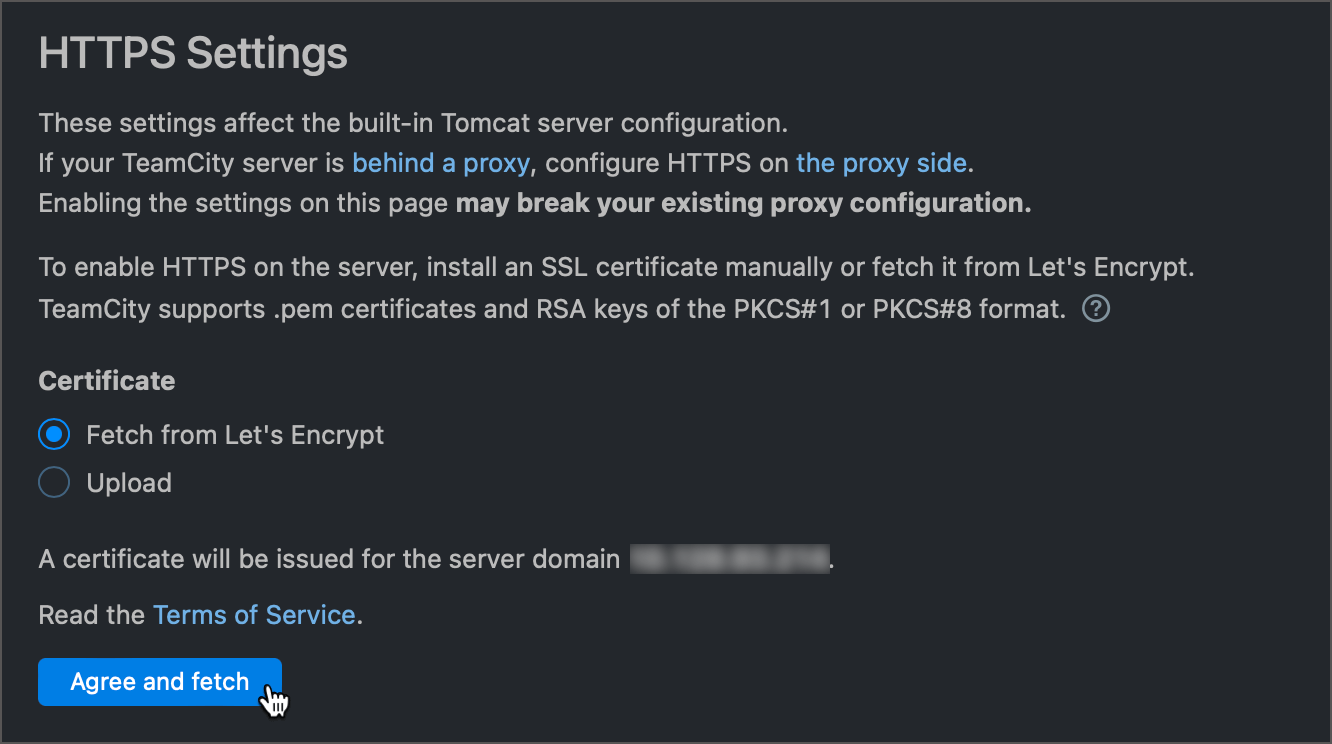
Read more about TeamCity’s integration with Let’s Encrypt in our documentation.
Two-factor authentication
Previously, the mandatory two-factor authentication mode used to affect the whole server. With this release, we’re making it possible to create custom user groups where the 2FA mode will be mandatory even if the global mode is set to “Optional”.
GitHub App connection
It’s now possible to authorize TeamCity to work with GitHub as a GitHub App. With this new feature, you can run various actions and use the GitHub API without having to create separate service accounts or act on behalf of a user.
To configure GitHub App as a connection, head over to Project Settings | Connections | + Add connection and select “GitHub App” from the dropdown menu.

After that, if you don’t already have a GitHub App, follow the TeamCity instructions to create and install a new App with the required permissions.
One of the biggest benefits of using the GitHub App connection is that instead of accessing GitHub under a user’s credentials, TeamCity will use non-personal, short-lived, refreshable tokens issued for a GitHub App installation in the user’s GitHub organization/account. This comes in handy when a user leaves the organization or their permissions change.
Additionally, you can subscribe to various hooks from GitHub without the necessity to install any additional plugins. The connection works right out of the box, making the integration between TeamCity and GitHub seamless.
Head over to the docs to read more about how to configure a GitHub App connection in TeamCity.
Improved support for draft pull requests in the Pull Requests plugin
Earlier, in TeamCity Cloud version 2022.12, we introduced the ability to configure the Pull Requests build feature to ignore GitHub draft pull requests.
Now, this functionality is available to all TeamCity users. In this release, you can opt to ignore GitHub draft pull requests using the Pull Requests build feature. To do so, simply select the “Ignore Drafts” option in the feature settings. Draft pull requests will be ignored by TeamCity until their status changes.
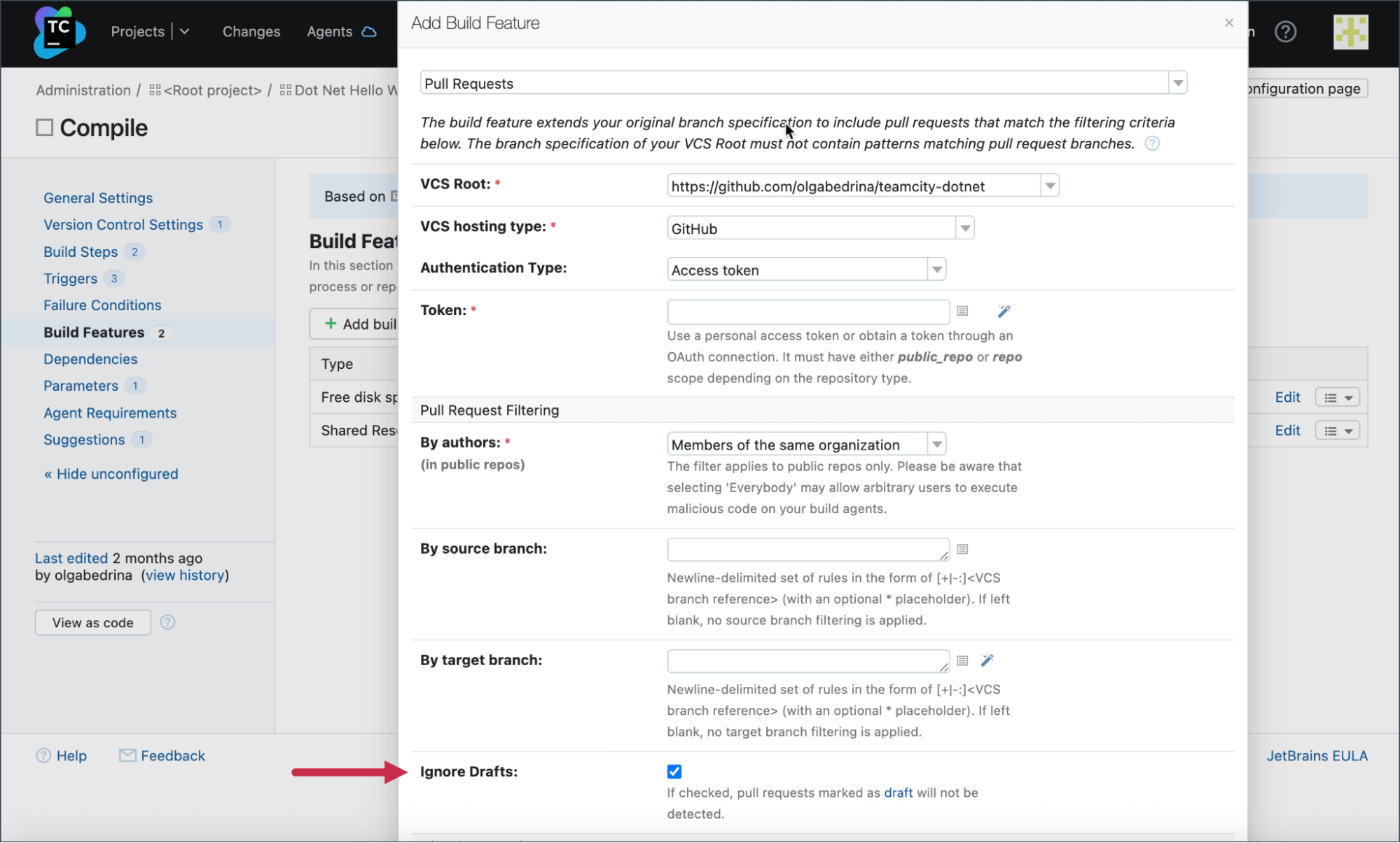
Normally, the Pull Requests build feature retrieves information for GitHub draft pull requests, and runs builds on them by default. When a draft pull request is being built, the build page shows the pull request number with the “Draft” status and icon next to it.
Customizable notifications
TeamCity already offers the ability to send email and Slack notifications when triggered by certain events. With the 2023.05 release, we’re extending this functionality with the ability to send Slack messages and email notifications via service messages.

With the latest update, TeamCity has added the ##teamcity[notification...] service message that enables users to send email notifications, Slack direct messages, and Slack channel updates. It’s now also possible to send notifications to multiple people at once.
These messages are secured by built-in safety measures to prevent them from being delivered to the wrong recipient and to block links to untrusted external resources.
One scenario in which this functionality can be helpful is when you want to send a notification when certain conditions are met, or something outstanding happens, for example, when an ongoing deployment reports an error that should be reviewed while the build is still running.
Add and remove build tags via service messages
In addition to sending custom notifications, you can also add and remove build tags with the help of service messages.
Tagging builds provides you with the ability to label and systemize builds by certain criteria. For instance, you can use build tags for tagging the reasons why builds fail and then quickly finding builds with the same failure reason.

Head over to the documentation to learn more about how to set up build tags. Or, if you have already started using the feature, feel free to share your feedback in this YouTrack issue.
Podman support

With the 2023.05 release, we’re introducing support for Podman, a container engine that allows users to manage containers without requiring root privileges. It is fully compatible with Docker commands, making it easier to switch between engines.
Over to you
For the full list of new features, please make sure to check out our What’s New section in the documentation.
As always, we’re looking forward to your feedback! Feel free to submit a request via the support form or simply leave a comment under this blog post.
Happy building!
Subscribe to TeamCity Blog updates


